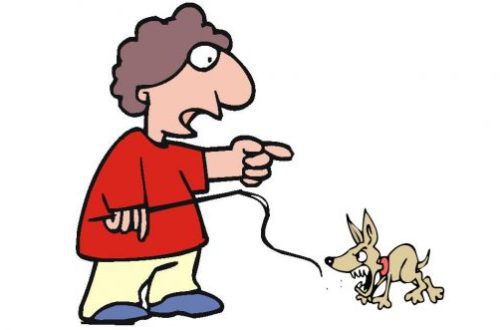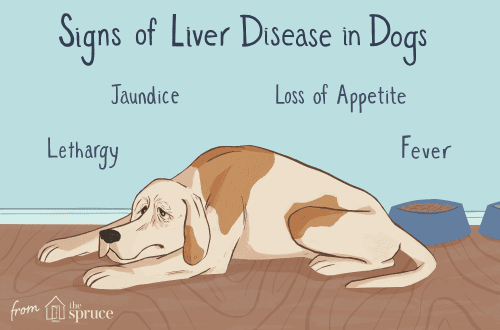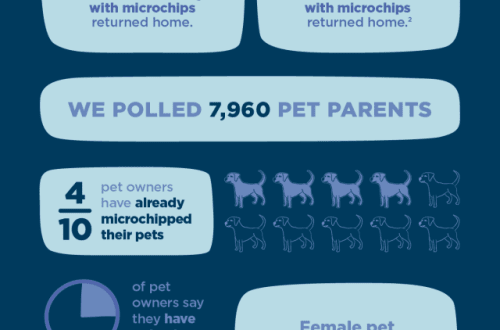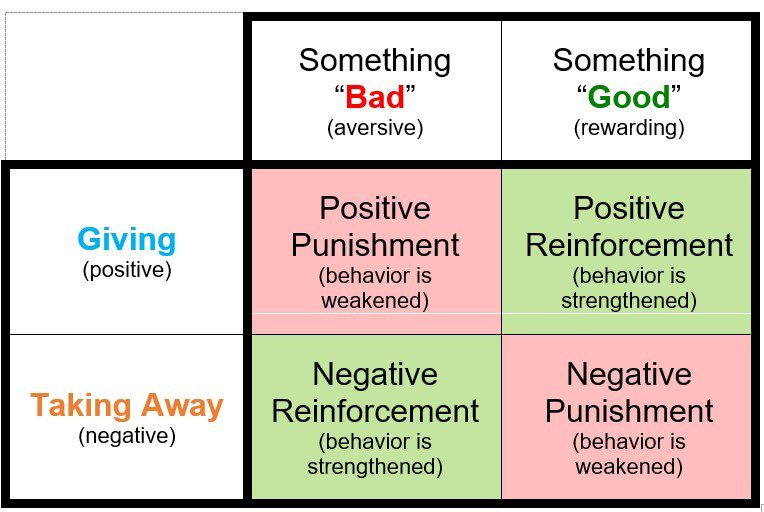
4 Keys to Conditional Reinforcement
There are keys that will reveal to you the main secret of dog training. Conditional reinforcement plays an important role in the education and training of dogs. What is a conditioned reinforcer, why is it needed, which conditioned reinforcer to choose and how to use it?
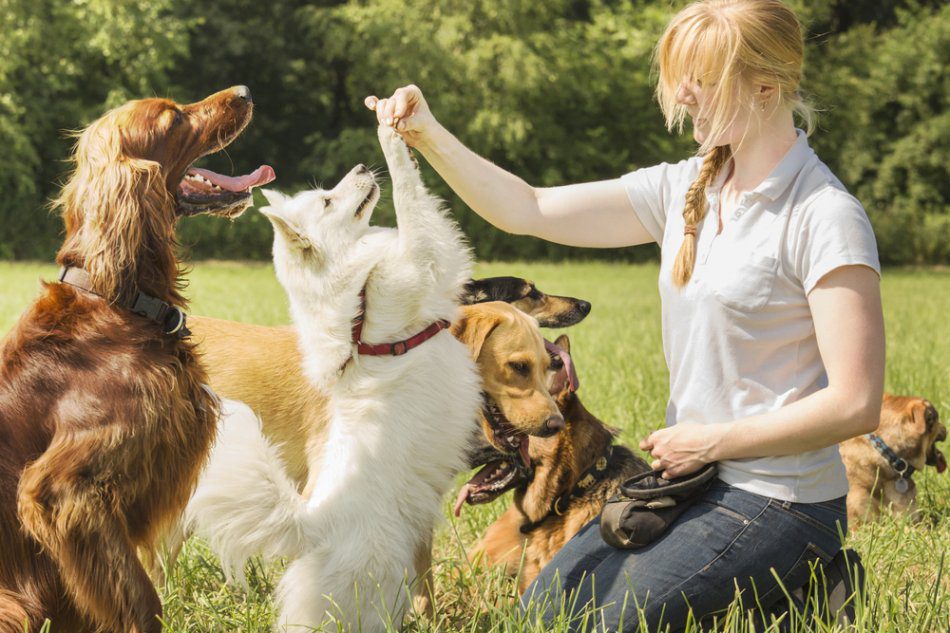 Photo: google.com
Photo: google.com
Contents
What is a conditional reinforcement?
Reinforcement can be either unconditional or conditional.
An unconditional reinforcer is something that satisfies a dog’s natural needs (for example, food or play).
However, the main tool in dog training is conditioned reinforcement.
A conditioned reinforcer is a signal that by itself makes no sense to the dog. For example, it could be a marker word (often “Yes!”) or a click of a clicker. But we associate it for the dog with an unconditioned reinforcer (clicker click followed by a treat).
That is, the conditioned reinforcer is the link between the dog’s actions that we like and the unconditioned reinforcer (tidbit).
It is important to choose the right unconditional reinforcement here and now. At some point, the most desirable thing for a dog will be food, and at some point, a ball, the opportunity to play with other dogs or chase crows.
Why do we need conditional reinforcement?
The importance of conditioned reinforcement in dog training cannot be overestimated. After all, when the dog understands that something wonderful will surely follow the click of the clicker, he will begin to listen and follow our actions.
The introduction of conditioned reinforcement into dog training has been a huge breakthrough, as it opens up many possibilities:
- It is very precise to indicate the behavior that we need. Say the word “Yes!” or clicking a clicker – much faster than reaching into your pocket for a cookie or pulling out a toy.
- It is easier for a dog to understand what is required of it, and it is easier for a person to explain.
- You can work with the dog from a distance. After all, while you run to the dog with a treat, he will perform a dozen more actions and will not understand at all what he was rewarded for. A marker will help show exactly what you are buying.
Which conditional reinforcer to use: a marker word or a clicker?
Everyone chooses the variant of conditional reinforcement that is more convenient for him personally. Both the clicker and the marker word have their advantages.
Clicker as a conditioned reinforcer | Marker word as a conditional reinforcer |
A short, quick click indicates the desired action as accurately as possible. | Breathing is needed, which means you lose a little in speed and may be late in reinforcing the desired action. |
The click always sounds the same. | The intonation changes. This can be both a plus and a minus, depending on the situation. |
Must be carried. | Always ready. |
Requires some preliminary training to learn how to accurately mark the desired action. |
If you use a marker word, it can be anything, but the key is to keep it short.
Some people prefer to choose a word that is not used in everyday life so as not to embarrass the dog, but this item is not required.
How to use conditional reinforcement in dog training?
The technique for using conditioned reinforcement in dog training is simple:
- Observe the dog or tell what you are waiting for.
- Mark the desired action with a marker.
- Reinforce – meet the dog’s basic need.
If you understand what your dog needs, then you will choose the right encouragement, which means you can interest your four-legged friend and instill in him a love for classes.
It is very important at the initial stage of training to reinforce the correct actions every time with an important reward for the dog!
Indeed, for a dog, until it enters the taste, a delicacy or a toy is significant, and not some kind of click. And for experienced students, conditional reinforcement without unconditional reinforcement ceases to be significant after some time. So don’t skimp on promotions.



